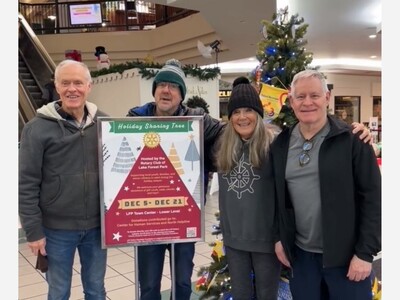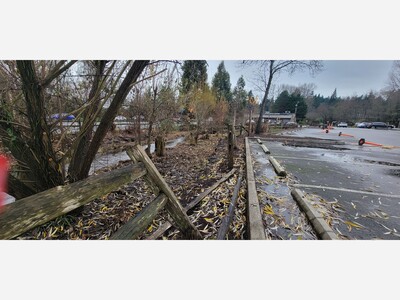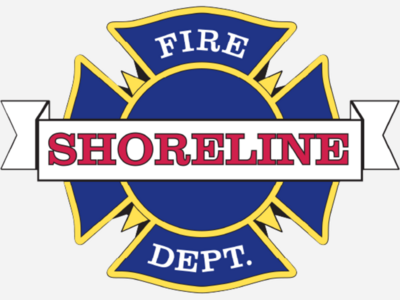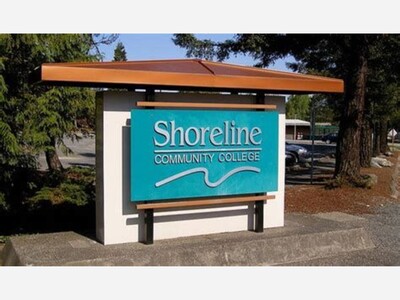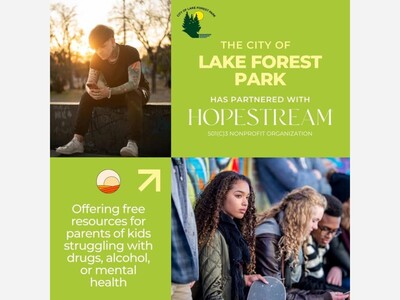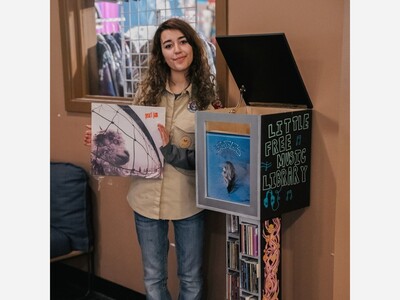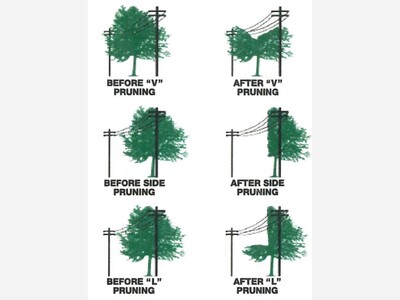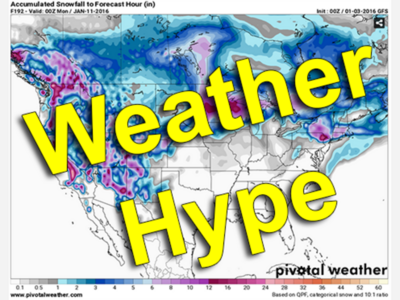Ships slow down for Puget ‘Quiet Sound’ program to aid orcas
Posted: December 12, 2022 315
 Washington
WashingtonGov. Jay Inslee established the Southern Resident Killer Whale Recovery
Task Force in 2018. (Scott Bufkin/Adobe Stock)
Ships are getting on board with a program to make Puget Sound quieter for the region’s endangered orca population.
Sixty-one percent of vessels participated in a voluntary slowdown in the first four weeks, according to numbers released by Quiet Sound, the program of Washington Maritime Blue.
Program Director Rachel Aronson said sound is an essential sense for orcas, but propeller noise interferes with that.
“The propellor spins, it creates little air
bubbles that explode and collapse,” said Aronson. “That process is
called ‘cavitation,’ and it turns out that cavitation makes a lot of
noise at exactly the sound frequencies that the whales need to hunt and
communicate.”
Advertiser Content

The Quiet Sound program started in 2021 with funding from Washington
state, federal partners and ports. In phase one, it helped develop a
real-time whale alert system.
The voluntary slowdown began at the end of October. It’s estimated only 73 Southern Resident killer whales remain.
The Quiet Sound program has partnered with the shipping industry on this effort.
Vice President of the Pacific Merchant Shipping Association Mike
Moore said the industry has experience with a similar Canadian slowdown
program, and is excited to do its part to help the endangered whales.
“Three knots has been equated to about 50% reduction in noise,” said
Moore. “So, just a little bit of change can have a big impact.”
Patrick Gallagher is the executive director of the Marine Exchange of
Puget Sound, which provides ship location data for the Quiet Sound
program.
Gallagher said the program has been transparent about its efforts
since its inception, and the shipping industry appreciates this. He said
people are thinking about what kind of environmental legacy they want
to leave.
“We want to think about what type of ancestors we’d want to be,” said
Gallagher. “And we’re trying to prove that industry can basically run
alongside doing what’s right for wildlife.”
In the next phase of the project, the program is creating an underwater noise map of Puget Sound.
— By Eric Tegethoff, Public News Service (WA)


